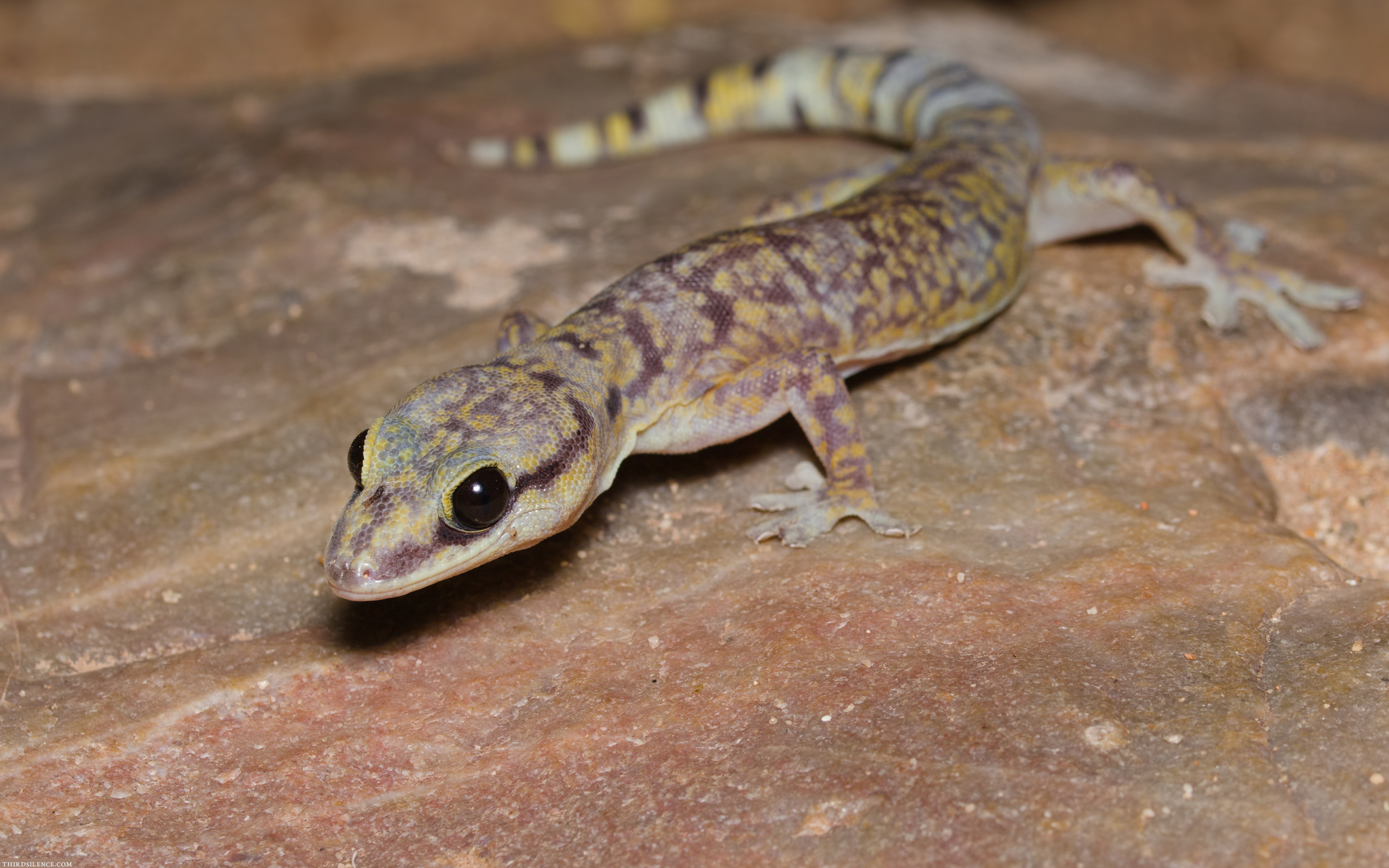Media release
From:
The Royal Society
What’s the point? The functional role of claws in pad-bearing taxa (Gekkota: Diplodactylidae)
Proceedings of the Royal Society B: Biological Sciences
Australian diplodactylid geckos use their claws and sticky pads in unexpected ways to move across surfaces. Contrary to past assumptions, claws are more effective on smooth surfaces, while sticky pads perform better on rough ones. This surprising combination allows geckos to cling to and climb vertical and inclined surfaces with ease. The findings reveal how claws and pads work together to help geckos navigate diverse environments in the wild, offering new insights into their remarkable climbing abilities
Attachments
Note: Not all attachments are visible to the general public.
Research URLs will go live after the embargo ends.

Research
The Royal Society, Web page
Please link to the article in online versions of your report (the URL will go live after the embargo ends).
Journal/
conference:
Proceedings of the Royal Society B
Organisation/s:
James Cook University, The University of Adelaide, The Peter Doherty Institute for Infection and Immunity, The University of New England
Funder:
R.R.P. was supported by the James Cook University (JCU) Student Services and Amenities Fund, JCU Competitive Research Training
Programme Grant and the Holsworth Wildlife Research Endowment. J.R. was supported by the Skyrail Rainforest Foundation Grant



 Australia; NSW; VIC; QLD; SA
Australia; NSW; VIC; QLD; SA



